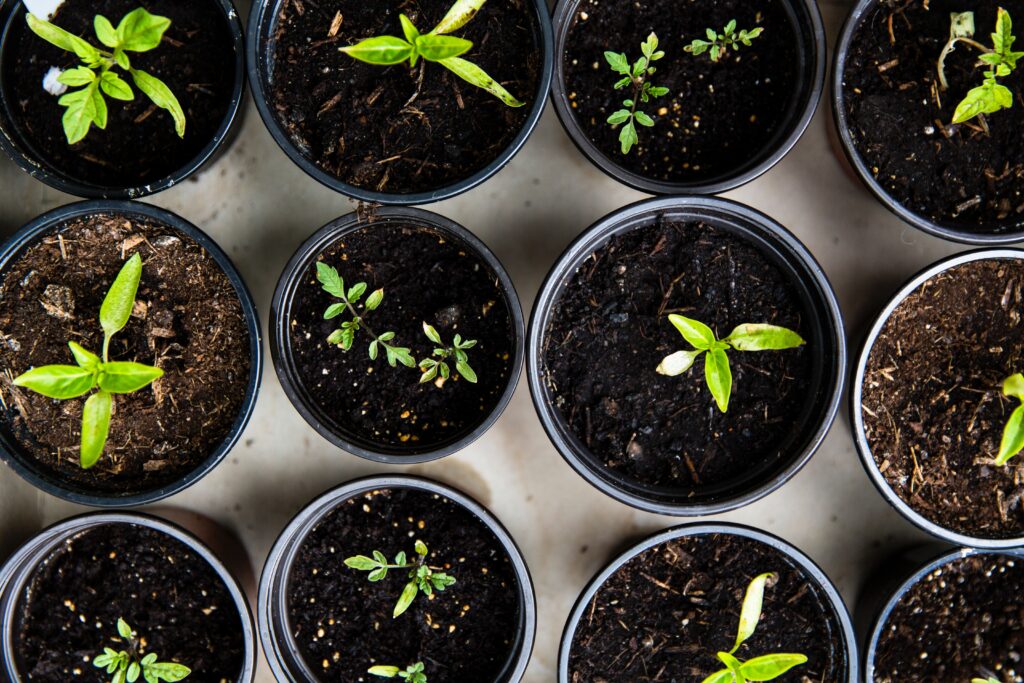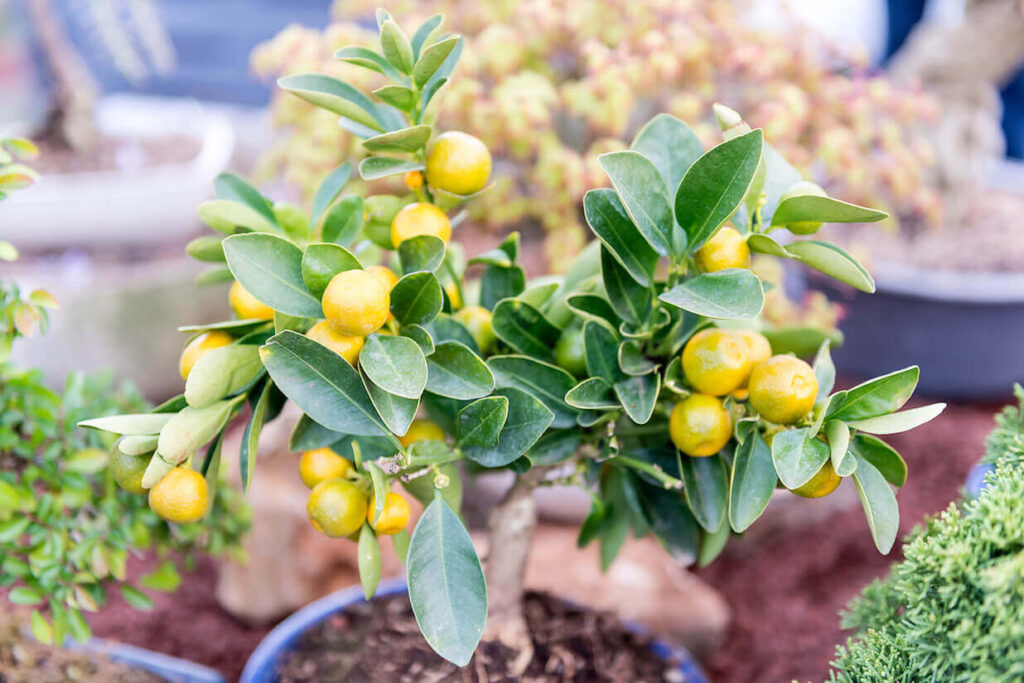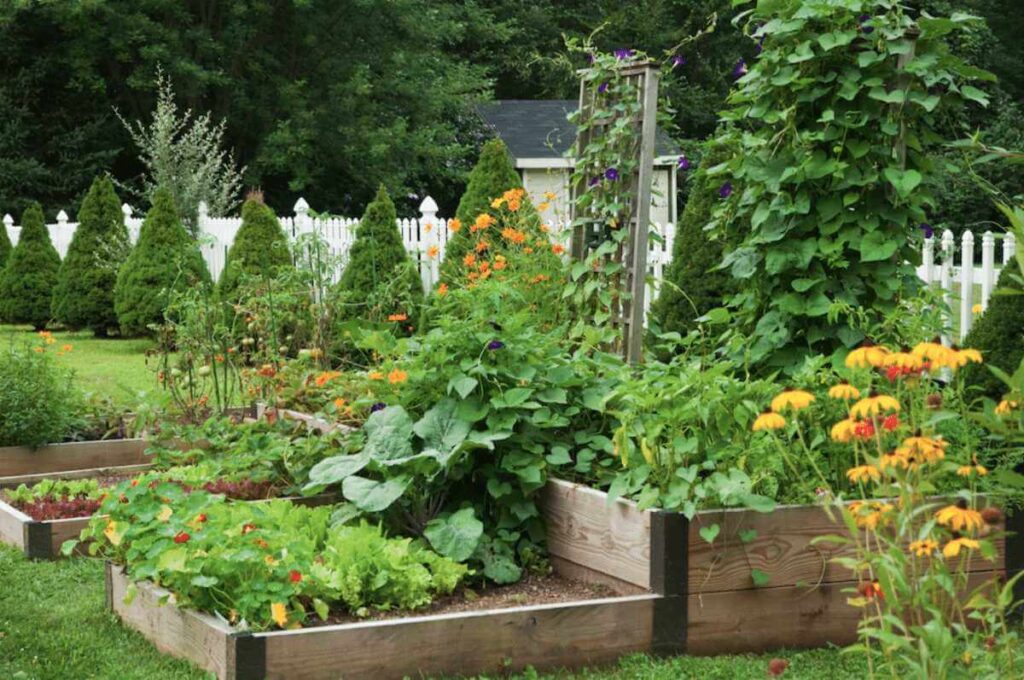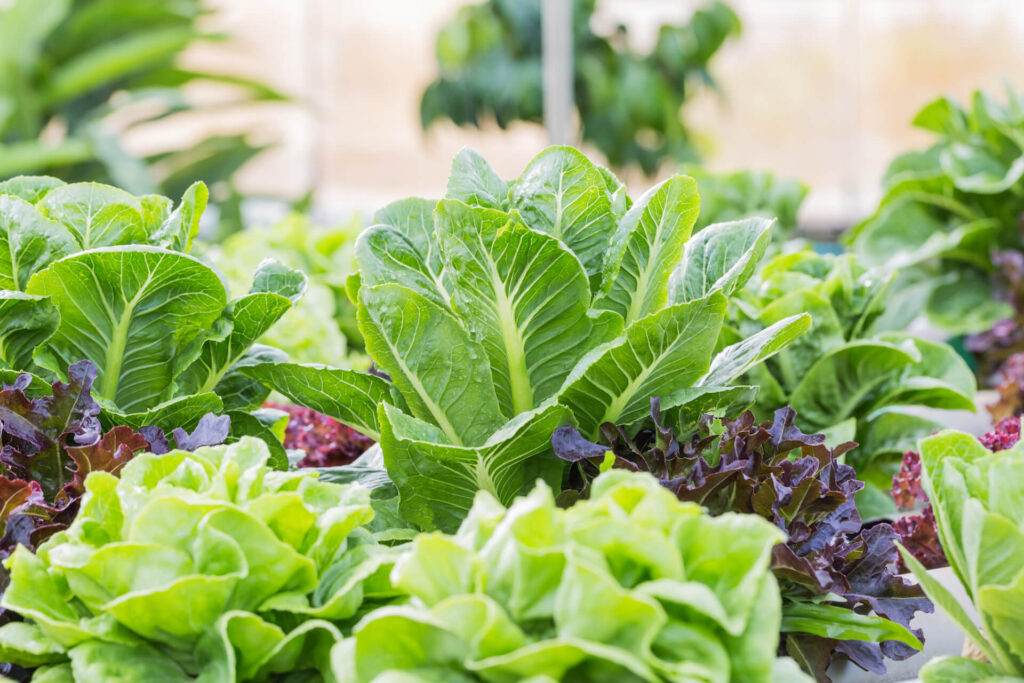Lilies are exotic, vibrant perennial flowers with beautiful, bold blooms. This bulbous plant has a lot of charm that stems from the versatility and variety it offers. You can grow lilies in containers on patios and gardens, along borders, or as a mainstay at the rear of flower beds. There are many varieties of lilies with different heights, colors, and patterns that you grow in your garden with some thoughtful planning and preparation.
The Ideal Soil Composition and pH for Growing Lilies
Loamy, fertile, and well-drained soil is best for lily plants. Otherwise, the bulbs will get soggy and die. Depending on the variety being planted, lily bulbs require slightly acidic soil with a pH between 5.5 and 7.0. Get your soil tested to gauge what amendments may need to be made before buying and planting your bulbs.
Lilies are perennial plants, so it is important to amend the soil every year with layers of well-decomposed compost, and other organic amendments to keep your soil at its best.
Lilly Bulbs Light & Temperature
Place lily bulbs in a part of your garden that gets full sun. Plants need at least 6-8 hours of sunlight each day to bloom properly. A good amount of sunlight will help lilies stay upright in their garden beds.
When to plant Lilies
- Lily bulbs must be planted in the ground in the autumn months. Ideally, this will be at least three to four weeks before the first frost and cold temperatures set in.
- After planting, add a layer of mulch to the garden bed to protect it from the cold.
- You can plant lilies in containers anytime between late spring and early summer.
Bulbs are not meant to be exposed for too long in nature, so be mindful of when you are buying lilies, and make sure you plan to plant them soon after purchasing them before they break down and wither away.
How To Plant Lilies
It is important to consider the planting requirements when growing lilies. It is important to consider the height of your plants as there are many varieties of lilies that can grow to heights ranging from two to six feet tall. For traditional gardens, place the shorter varieties in the front and gradually increase the height so that the tallest lilies are towards the rear of your garden. If you have an oasis garden, the tallest ones should be centered.
Steps to Planting Lilies
Dig holes to place your bulbs. For the best planting depth, refer to the instructions on your bulb package. The general rule is to plant lily bulbs at depths of two to three times the height of your bulb.
- Add well-decomposed compost to the soil and fertilizer with a bulb fertilizer.
- Position the bulb roots upside down in the hole.
- Fill the hole with loose soil and then pack it in.
- Place the next bulb two to three times farther apart than the previous one. The best way to make plants look great in your garden is to plant them in groups.
- Water daily.
Where to Grow Lilies
Given enough sunlight and good drainage, lilies can bring life and excitement to any space. The slope or hillside is an excellent place to plant lilies. You can also use pots or containers, plant them in the ground, raised beds, or a mixture of all three.
Lilies make a great addition to any garden, although it takes them a few years to reach their full potential height. Because of their high stature, lilies might also need to be staked. To avoid damaging the bulb, ensure that your stake is pushed into the soil a few inches away from the stem.
The Best Way to Water Lilies
The key to successful growth is watering your lily plants. You should keep them well-watered throughout the growing season to ensure that the soil is not too dry, but still moist. After plants bloom, you can stop watering them and allow the leaves to dry.
Autumn flower bulbs are protected from freezing by watering, as the water expands the bulb cells and protects them from internal freezing. The moisture in the soil around the bulbs also provides insulation to it year-round. Certain types of lilies, like water lily gardens, may still need to be watered year-round if there is no snow to water them in the cooler months.
Nutritional Needs for Growing Lilies
For optimal growth, fertilize lily plants once a week with an organic fertilizer rich in potassium. You should feed your lily plants throughout the growing season, and for up to five to six weeks after blooming. This will provide nutrition for the plant, and the bulb, which will help it to bloom next season.
How To Prune Lilies
After the lilies have finished blooming, you can remove them by cutting the flowers just below their remaining seed heads. This will ensure that your plants look neat. After the plants have finished growing, let the lily plants’ leaves turn yellow before removing any vegetation from the garden. The bulb stores all the energy it receives from the plants to grow again.
How to Cut Lilly Flowers
Cut flower arrangements can be enhanced with lilies, which add beauty and fragrance to indoor spaces. However, it is important that at least half the lily plant is left intact when cutting so that the bulb will grow next year with the remaining foliage. For next year’s flowering, it is important to leave as much foliage as possible.
Dividing Lilly Bulbs
Every three to five years, you should divide lily bulbs. You can separate them by carefully digging the bulb clump from the soil and then using a spade to break them apart. Before you replant the bulb, add some compost to the hole. You can plant divided bulbs or swap with neighbors and gardening friends to expand your gardening options.
Recommendations for Growing Varieties of Lilies
You will have a constant supply of lily plants in your garden if you plant various types of lilies. Lily species can come in various shapes, including trumpets, bowls, and upward or downward-facing petals.
Enjoy these beautiful varieties of lily plants in your garden for many years:
‘Heartstrings’ – Produces dark pink flowers with yellow speckled centers. Height 4.75 ft.
‘Madonna Lily’ – Produces bright white trumpet-like flowers. Height 3-4 ft.
‘Nankeen’ – Produces large and beautiful orange lily flowers. Height 4 ft.
‘African Queen’ – Produces larger-than-life peach-colored blooms. Height 6 ft.
‘Dizzy’ – Produces a lot of different pink stripes and is very fragrant. Height 4.75 ft.





